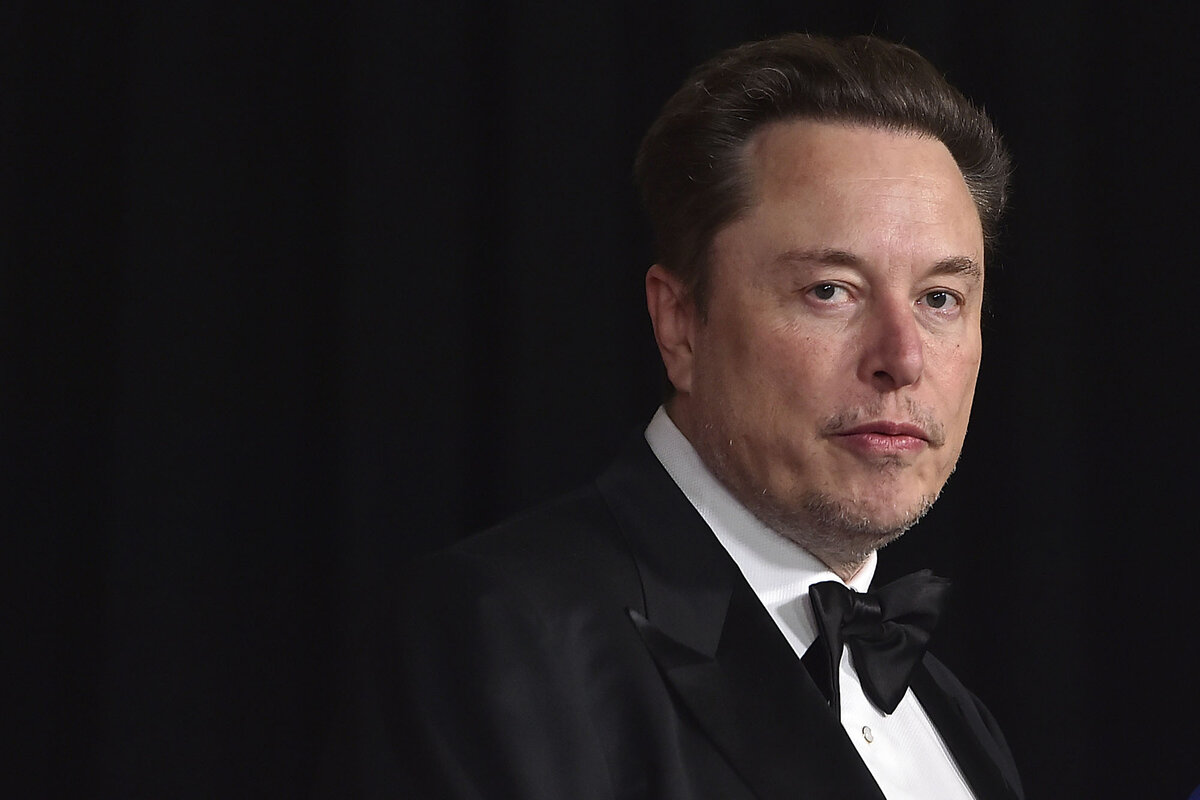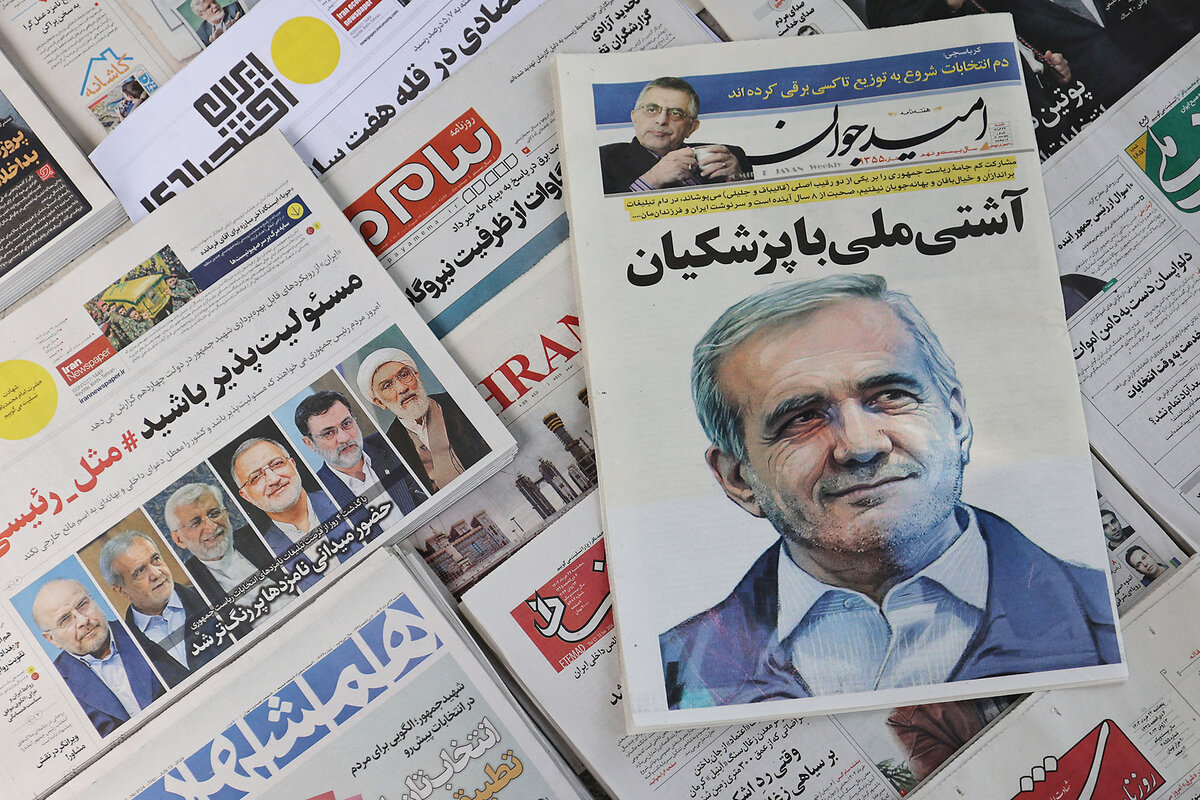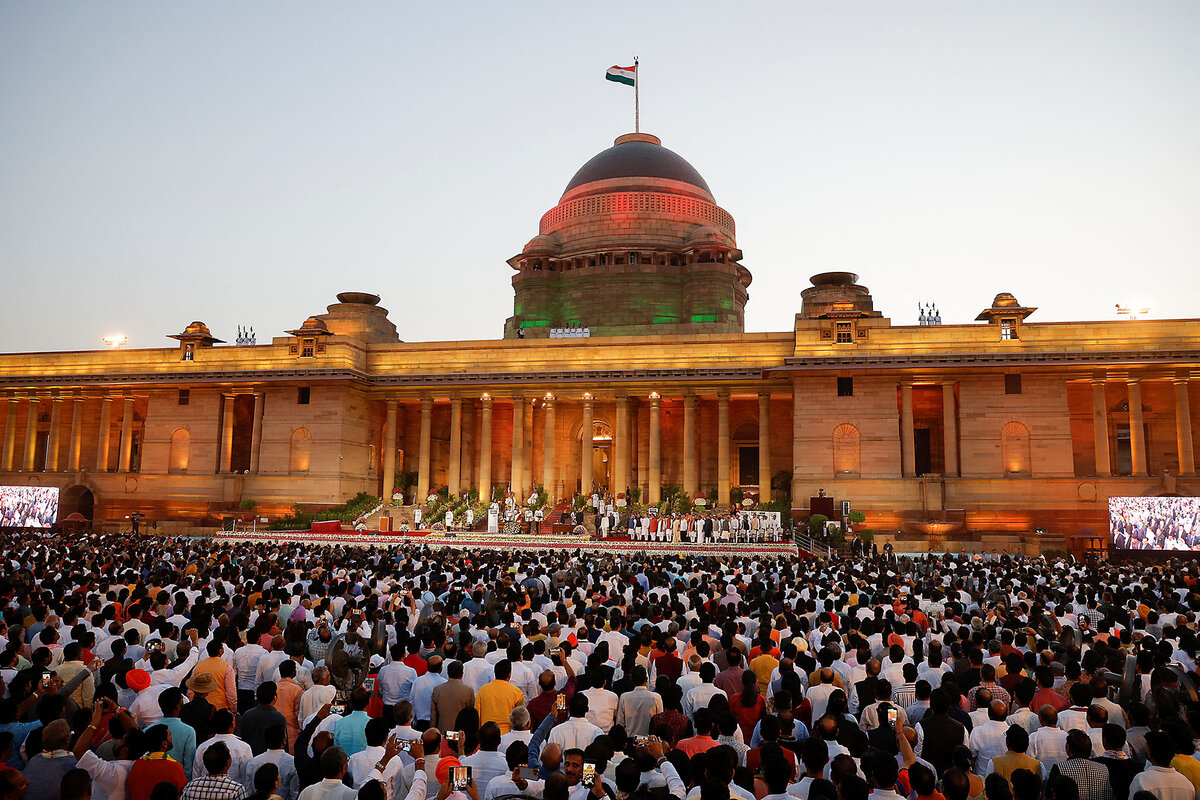Monitor Daily Podcast
- Follow us:
- Apple Podcasts
- Spotify
- RSS Feed
- Download
 Mark Sappenfield
Mark Sappenfield
When you’re used to getting your way, what happens when people start pushing back? That’s what’s going on in Iran and India, and we examine that dynamic in two stories in today’s Daily.
The situations are different. Yet they show that when the people are given any political voice at all, dissatisfaction with autocratic ways usually comes to the surface before too long.










